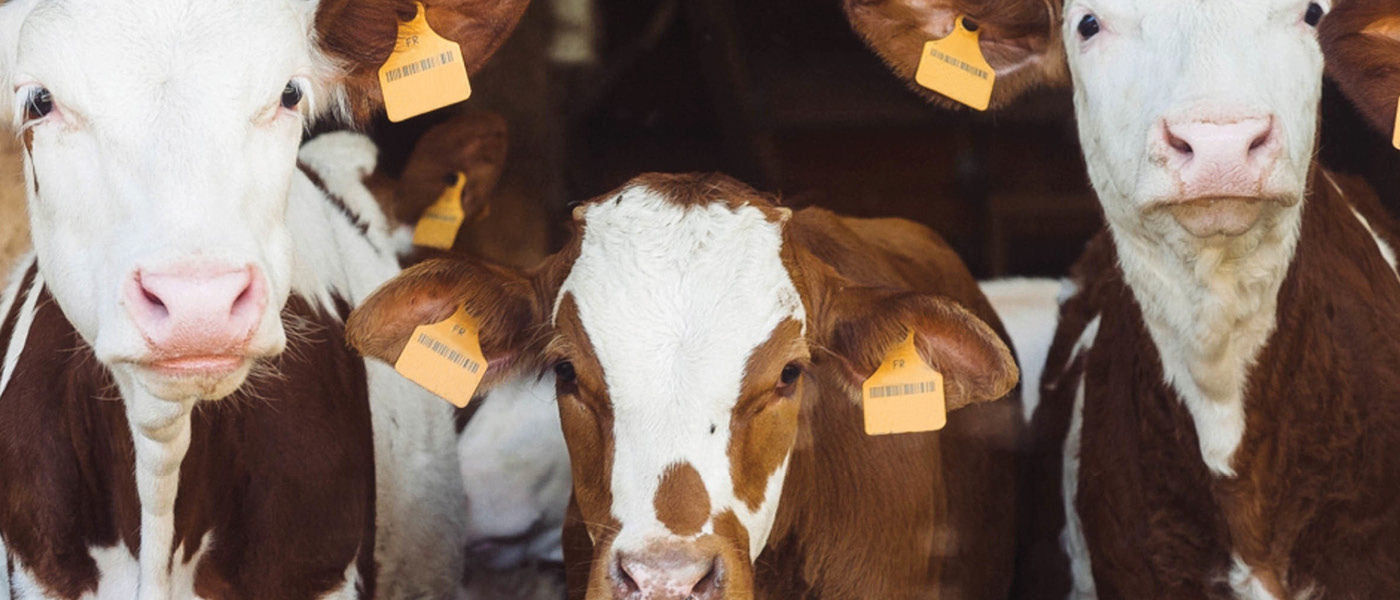
Injectable anthelmintics enable active to get into the bloodstream where it is distributed throughout the treated animal. This enables the drug to reach parasites that can be in various body tissues or organs of the host animal. It is extremely important to assess the bodyweight of the treated animal accurately, because these anthelmintics may have a narrow safety margin and overdosing may cause toxicity.
Oral anthelmintics are also largely absorbed into the bloodstream and transported to different parts of the body, including the liver where they may be metabolised and eventually excreted in the faeces or urine. Internal parasites come into contact not only with the unabsorbed drug passing through the GI tract but also with the absorbed fraction in the blood as they feed on the intestinal mucosa and with any that is recycled into the gut. For oral anthelmintics (except levamisole), they are most effective when deposited in the rumen and, if they are accidentally deposited into the abomasum via the oesophageal groove, the duration of drug absorption may be shorter and the excretion rate in faeces may be shorter. The key point is that the rumen acts as a drug reservoir from which plasma concentrations can be sustained, slowing the passage of unabsorbed drug through the GI tract.
Alpheus capsules work on a slightly different principle. Firstly, their unique design ensures the capsule, along with the primer drench capsules, is delivered directly into the rumen. The primer tablets, containing oxfendazole and levamisole, go about their business killing all stages of susceptible parasites (as should any oral anthelmintic combination). The Alpheus capsule concurrently begins to deliver a constant daily dose of abamectin into the rumen for 125 days. This continual dose of abamection creates a toxic swimming pool in the rumen for any incoming L3 larvae that are being ingested. Compared to adult worms, the L3 larvae are relatively easier to kill, and the whole process is not reliant on the absorption and transport of active around the body. Compared to most anthelmintic treatments, there are no peaks and troughs in delivery. As incoming larvae are being killed before they can enter the intestine, there is no gut damage occurring or the subsequent loss in appetite.
Using Alpheus capsules strategically in calves during the autumn is a strong management tool in aiding the growth and development of valuable replacement stock.